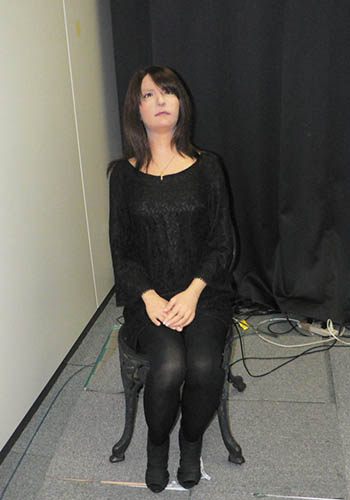
Anthropos beyond the Human
In their thoughtful provocation, Jon Bialecki and Ian Lowrie focus our attention on anthropos, and suggest that in transhumanists, anthropologists might find kindred spirits. Though our approaches and traditions may differ, we share “the same conceptual terrain.” Concerned as we all are about shifts in our ways of living and being in a “rapidly accelerating technological contemporary,” transhumanists and anthropologists may indeed have much to learn from each other about future forms of anthropos. But implied in their discussion is a convergence between “anthropos” and “human.” What is at stake in making this equation? Transhumanists and anthropologists alike are tuned into the future of the human, but we should also remember that futures are never very evenly distributed. My work has focused on figuring out the contours of a similar problem space. My main ethnographic study was on a network of researchers in Japan who make what they call ningen-chūshin gijutsu (人間中心技術), roughly “human-centered technology.” These take the forms of humanoid and non-humanoid robots, and various types of wearable technologies. Much of what they develop are interface technologies that operate on a variety of senses: vision, hearing, and touch, but also balance and proprioception. These researchers want to use such interfaces to make humans faster, more efficient, or more comfortable, or link them to machines to off-load repetitive tasks to free up a human for more demanding or interesting things. (read more...)
